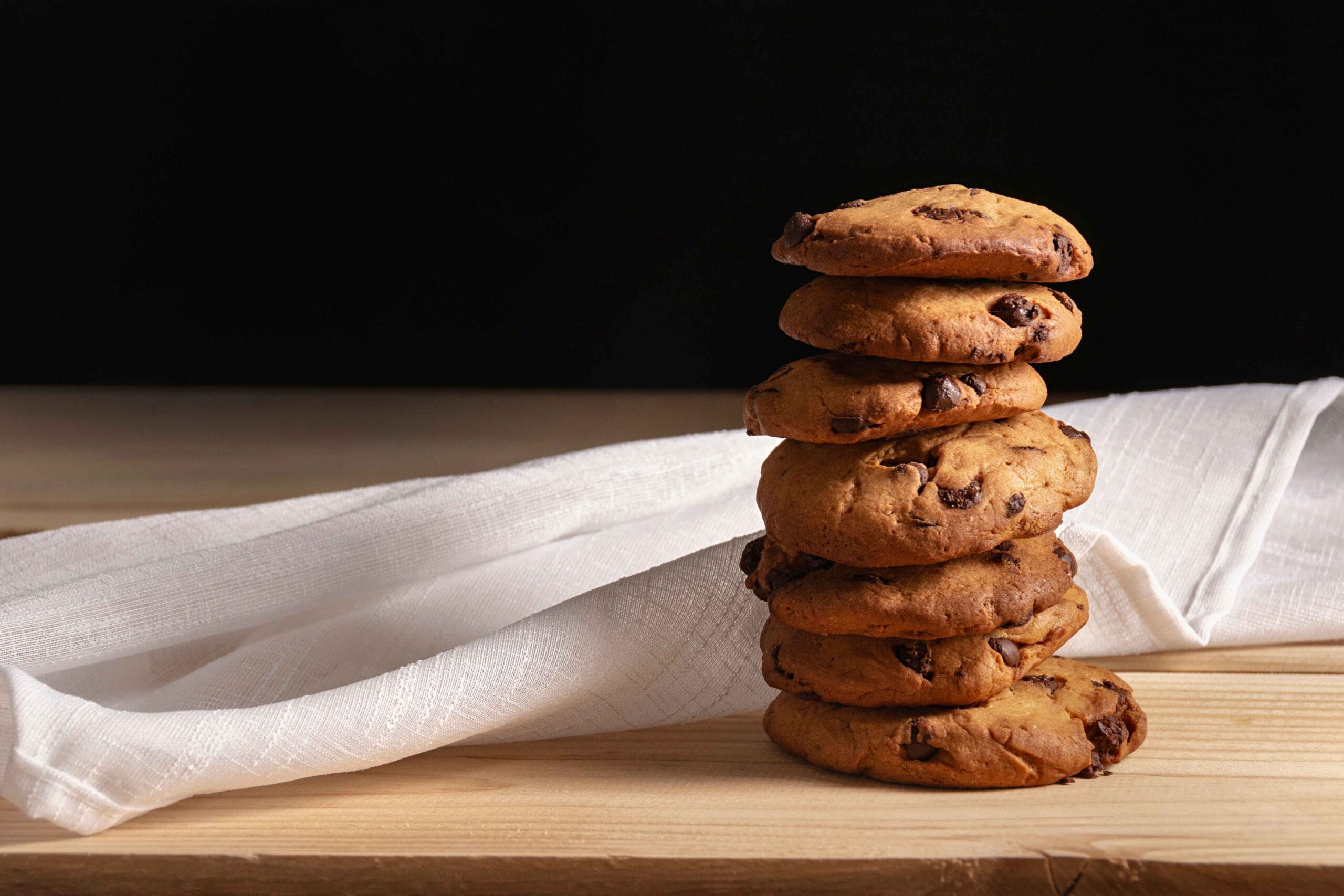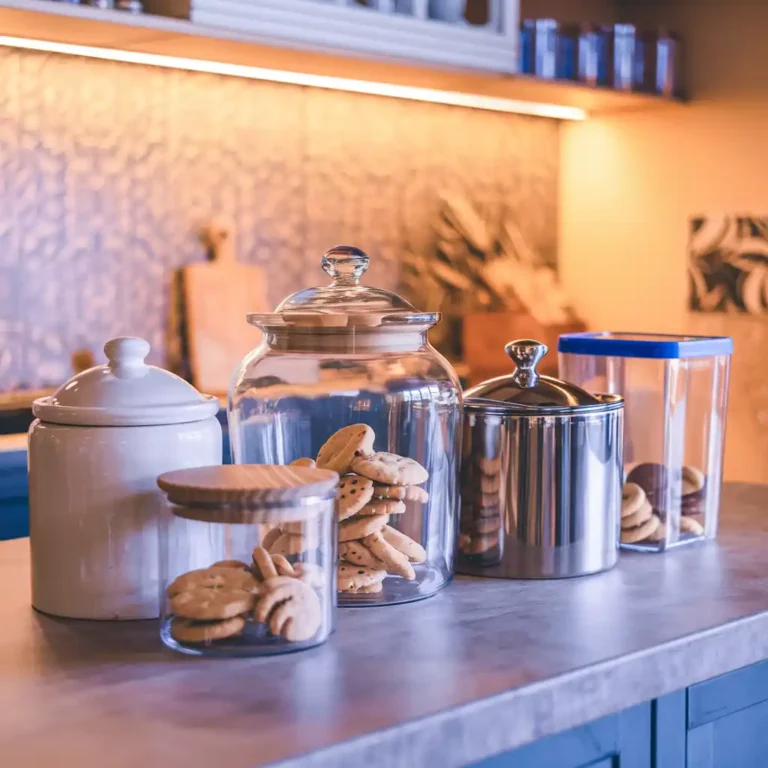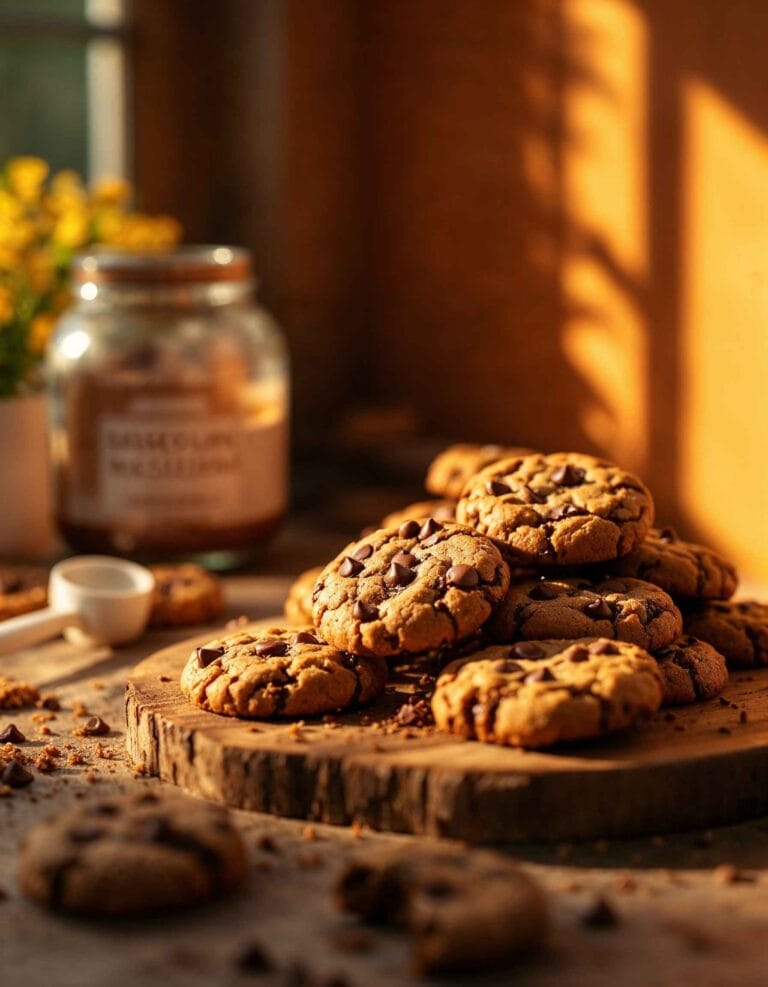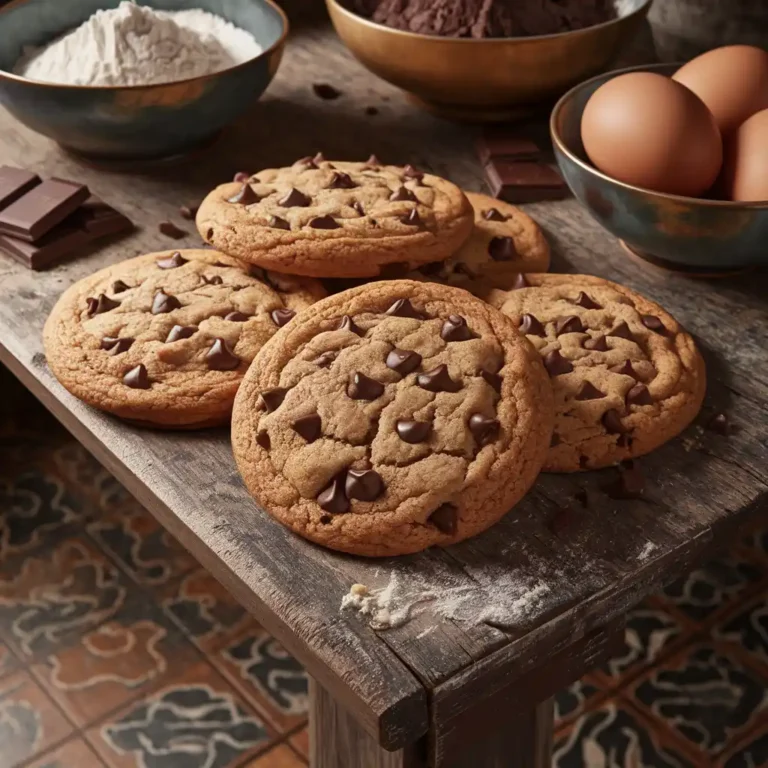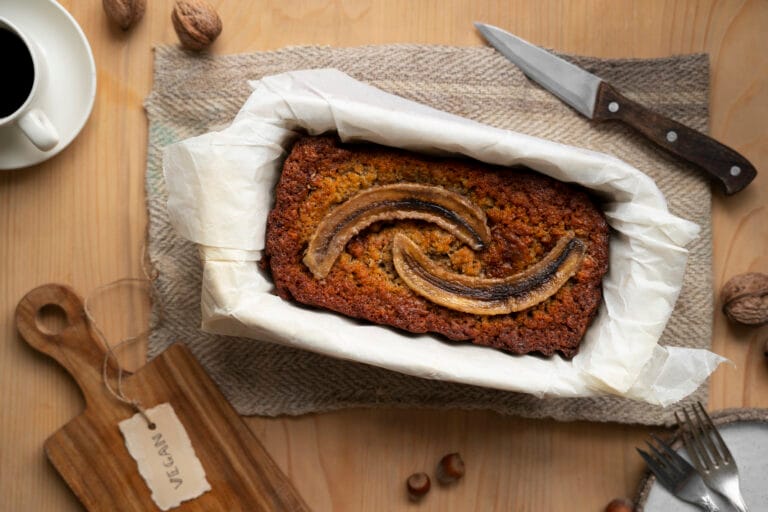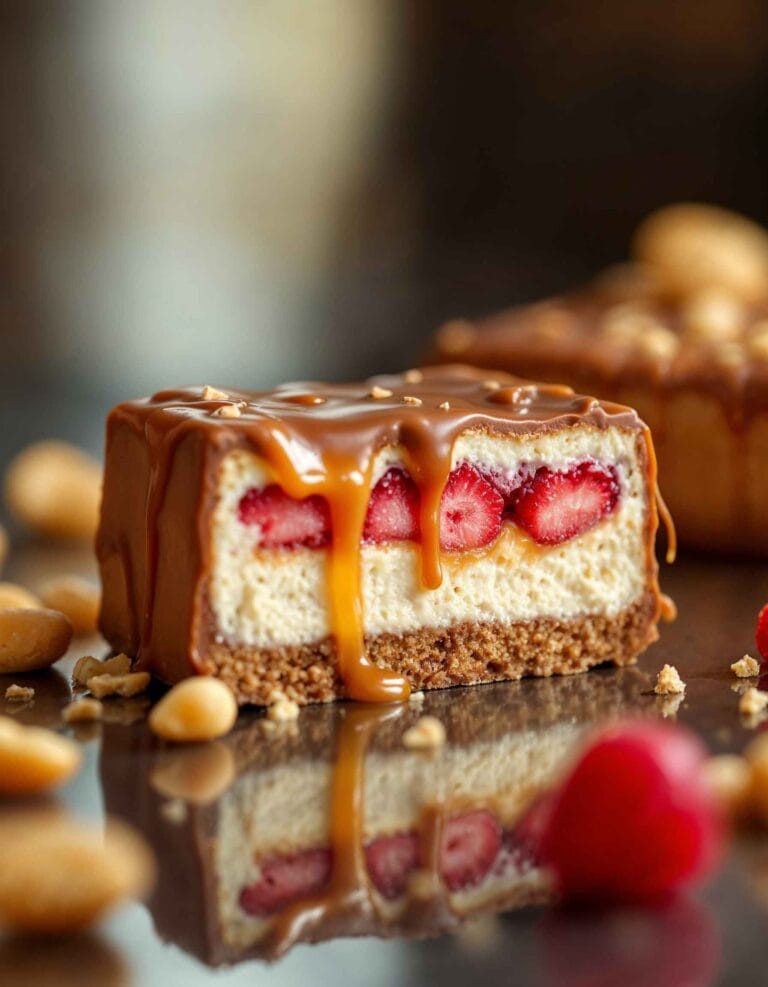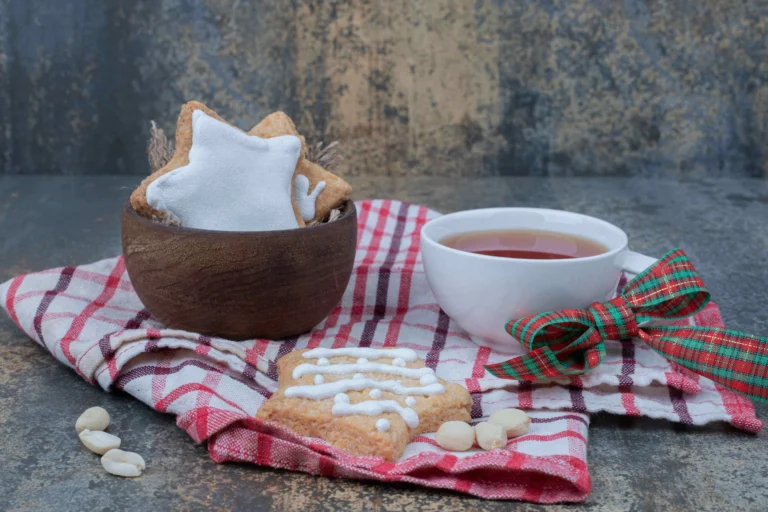What Is the Purpose of Brown Sugar in Baking Cookies?
Brown sugar is one of the most essential ingredients in baking cookies, cherished for its ability to elevate texture, flavor, and appearance. Unlike white sugar, brown sugar contains molasses, giving it a rich, moist quality and deeper flavor profile. Bakers worldwide rely on brown sugar to create cookies that are not only irresistibly chewy but also perfectly golden brown.
This article explores the purpose of brown sugar in cookie recipes, delving into the science behind its impact on baking, its role in creating distinct flavors, and how it shapes the beloved texture of cookies. By the end, you’ll understand why brown sugar is a cornerstone of baking and how it can make a significant difference in your next batch of cookies.
The Science of Brown Sugar
Brown sugar is more than just a sweetener; it’s a multifunctional ingredient that shapes the texture, flavor, and structure of cookies. To appreciate its role in baking, let’s break down its composition and characteristics.
Composition of Brown Sugar: Molasses and Sucrose
Brown sugar is essentially white sugar with added molasses. The molasses content differentiates brown sugar from its white counterpart, offering a unique moisture and flavor profile. The sugar crystals are coated with molasses, creating a slightly sticky texture that distinguishes brown sugar in baking.
- Light vs. Dark Brown Sugar: Light brown sugar contains less molasses (around 3.5%), while dark brown sugar contains more (up to 6.5%). The higher molasses content in dark brown sugar intensifies its flavor and moisture, making it ideal for richer, more robust recipes.
Differences Between Light and Dark Brown Sugar
While both types of brown sugar can be used interchangeably, they have different effects on cookies:
- Light Brown Sugar: Yields a subtler caramel flavor and lighter color. It’s best for traditional chocolate chip cookies.
- Dark Brown Sugar: Adds a deeper molasses taste and darker hue. Ideal for cookies like gingerbread or molasses cookies that benefit from stronger flavor profiles.
How Brown Sugar Affects Moisture and Texture
Molasses in brown sugar is hygroscopic, meaning it absorbs and retains moisture. This property helps to:
- Keep cookies soft and chewy, even after cooling.
- Prevent cookies from drying out quickly, extending their freshness.
- Maintain a tender crumb structure, contributing to a desirable mouthfeel.
Cookies made with brown sugar are typically thicker and chewier than those made with white sugar alone. The added moisture reduces the likelihood of brittle or overly crisp cookies unless baked for an extended time.
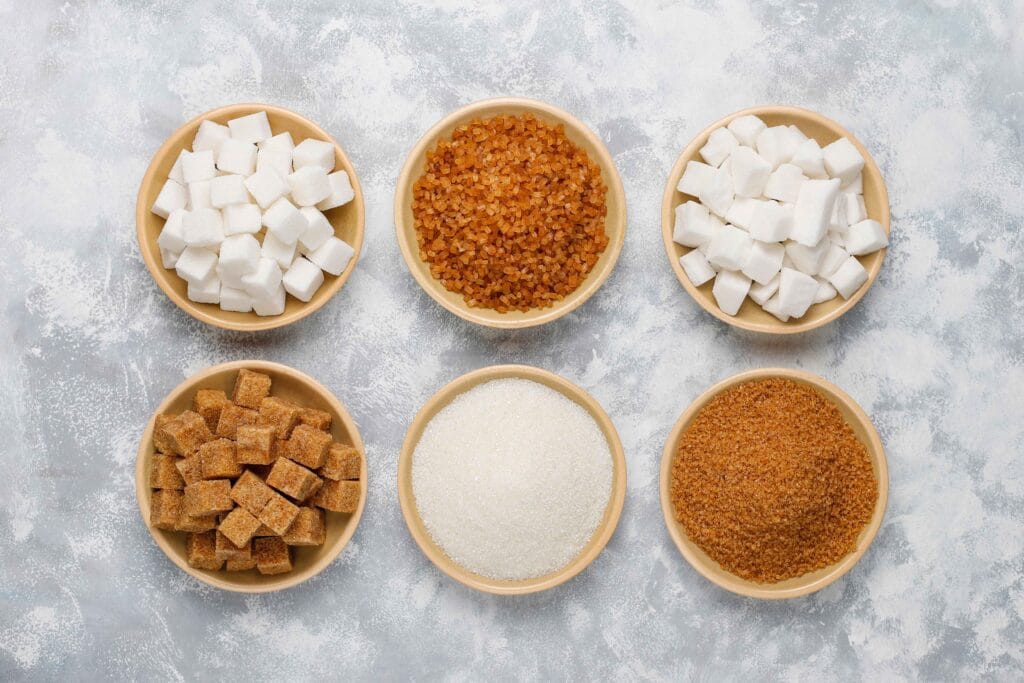
If you’re looking for effective alternatives to brown sugar, take a look at the best substitutes for brown sugar in chocolate chip cookies.
Role of Brown Sugar in Cookies
When baking cookies, brown sugar plays a pivotal role in achieving the perfect balance of texture, flavor, and appearance. Its unique properties make it indispensable in crafting chewy, golden, and flavorful cookies.
Creates a Chewy Texture
One of the most celebrated qualities of cookies made with brown sugar is their chewy texture. The molasses in brown sugar introduces moisture, which helps prevent the cookies from becoming too crisp or hard after baking. This effect is particularly noticeable in recipes that use a higher ratio of brown sugar to white sugar.
- Binding Moisture: The hygroscopic nature of molasses locks in water molecules, ensuring the cookies remain tender and pliable.
- Balancing Crunch and Chew: While white sugar contributes to crisp edges, brown sugar ensures a soft and chewy center—a hallmark of a perfectly baked cookie.
Adds Caramel Flavor
The molasses in brown sugar brings a deep, caramel-like flavor to cookies. During baking, the heat activates the sugar and molasses, creating a complex sweetness that complements other ingredients like chocolate, spices, and nuts.
- Flavor Depth: Unlike white sugar, which offers a neutral sweetness, brown sugar provides a rich, slightly earthy taste.
- Complementary Pairing: It works particularly well in recipes featuring bold flavors, such as chocolate chip, oatmeal, or spiced cookies.
Enhances Color (Golden Brown)
Brown sugar’s molasses content also contributes to the golden brown hue of cookies. The Maillard reaction, a chemical process between amino acids and reducing sugars, is enhanced by the molasses, resulting in a visually appealing color and a slightly crisp exterior.
- Visual Appeal: The rich golden tone makes cookies look more appetizing.
- Even Browning: Brown sugar promotes consistent color distribution, ensuring cookies look as good as they taste.
Helps with Spreading
Another key role of brown sugar is in controlling the spread of cookies. While white sugar contributes to more spreading, brown sugar’s moisture and density counteract this, leading to thicker cookies.
- Controlled Spread: This helps maintain the structure and shape of cookies, especially for recipes requiring distinct designs, like thumbprint or cut-out cookies.
- Balance with White Sugar: A mix of both sugars provides the best of both worlds—slightly spread cookies with a chewy texture and crisp edges.
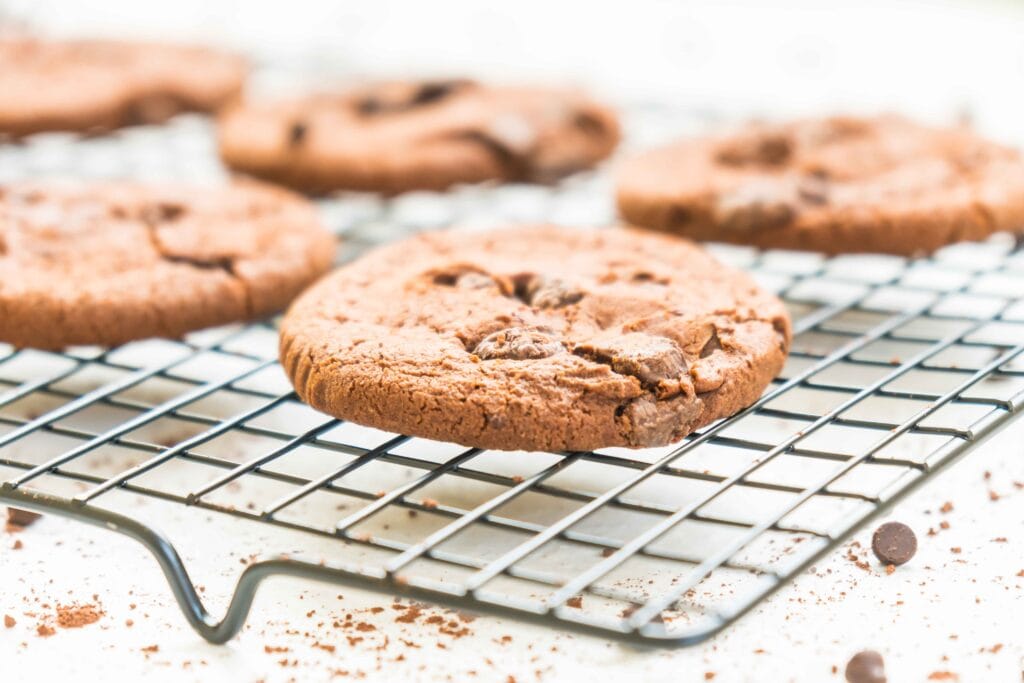
Moisture and Texture
The ability of brown sugar to enhance moisture and texture is one of its most significant contributions to cookie baking. Its hygroscopic properties and molasses content create cookies that remain soft, chewy, and satisfying over time.
Hygroscopic Properties of Molasses
Brown sugar owes much of its moisture-retaining capability to the molasses it contains. Molasses is naturally hygroscopic, meaning it draws water from its environment. This unique trait directly impacts cookie quality in several ways:
- Softness and Freshness: Brown sugar helps cookies stay moist longer by preventing them from drying out after baking.
- Avoiding Crumbliness: The moisture retention prevents cookies from becoming brittle, ensuring a tender bite even days after baking.
Preventing Cookie Hardness Over Time
One of the common complaints about cookies is their tendency to harden as they cool or are stored. Brown sugar mitigates this issue effectively:
- Moisture Retention: The hygroscopic nature of molasses keeps water trapped within the cookie, preserving its softness.
- Longevity: Cookies made with brown sugar tend to maintain their ideal texture for a longer time compared to those made with only white sugar.
Balancing Crispiness and Chewiness
The balance between a crispy edge and a chewy center is the hallmark of an exceptional cookie, and brown sugar plays a vital role in achieving this:
- Crisp Edges: While brown sugar helps with chewiness, combining it with white sugar creates a desirable contrast. White sugar caramelizes more readily, forming crisp edges.
- Chewy Centers: The moisture and density of brown sugar slow down the evaporation of water during baking, allowing the centers to remain soft.
Interplay with Other Ingredients
Brown sugar interacts with other ingredients to enhance texture:
- Butter: The moisture in brown sugar combines with melted butter to create a rich and cohesive dough.
- Flour: It binds with flour to prevent excessive spreading, ensuring the cookies have structure without being overly dry.
- Eggs: Together with eggs, brown sugar forms a batter that traps air, resulting in a light yet chewy texture.
By understanding the role of brown sugar in maintaining moisture and texture, bakers can fine-tune their recipes to achieve their desired results.
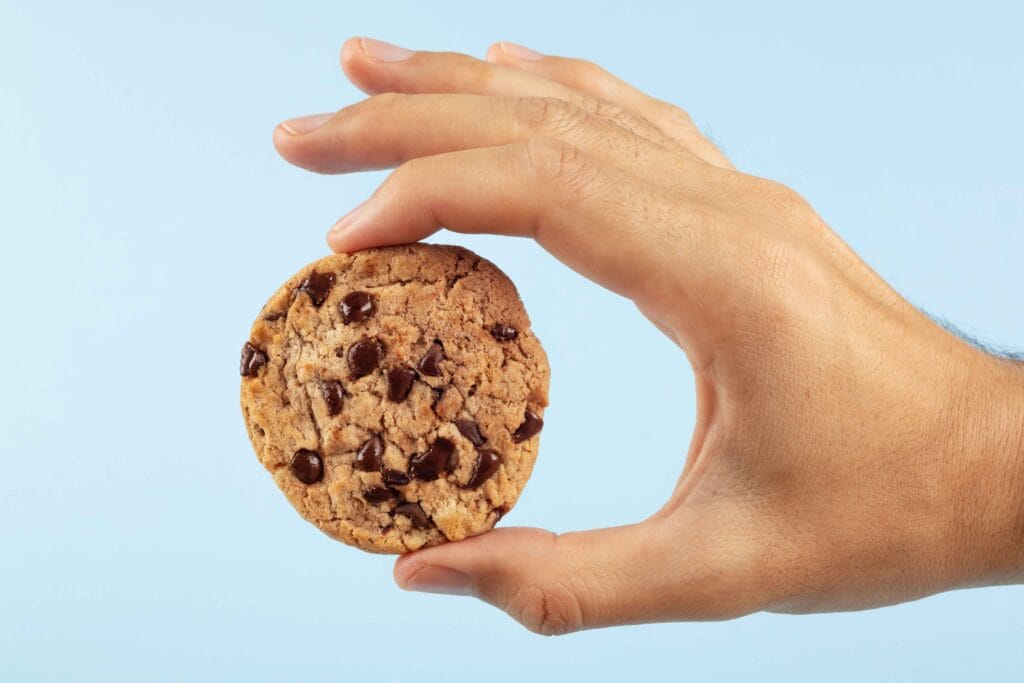
Flavor Profile of Brown Sugar
The flavor of brown sugar is distinct and multifaceted, making it an essential ingredient in cookie recipes. Its molasses content creates depth and complexity, elevating the overall taste of baked goods.
Unique Taste of Molasses
Molasses gives brown sugar its signature flavor—a rich, slightly earthy sweetness with subtle hints of caramel and toffee. This flavor enhances cookies in several ways:
- Depth of Sweetness: Unlike the neutral taste of white sugar, brown sugar’s molasses adds a layered sweetness that stands out.
- Natural Earthiness: The mild tang of molasses balances out the sugar’s sweetness, providing a well-rounded flavor.
Cookies with brown sugar often have a comforting and homey taste, reminiscent of traditional baking.
Interaction with Other Ingredients
Brown sugar’s unique flavor profile interacts with other ingredients in cookie recipes to create a harmonious blend:
- Butter: The nutty, caramelized taste of browned butter is amplified by brown sugar, enhancing the cookie’s richness.
- Vanilla Extract: The floral and sweet notes of vanilla complement the earthy undertones of molasses, creating a balanced flavor.
- Spices: In recipes featuring cinnamon, nutmeg, or ginger, brown sugar acts as a flavor enhancer, making the spices more pronounced and aromatic.
Flavor Layering in Cookie Recipes
Brown sugar plays a crucial role in flavor layering, which is the art of combining multiple flavor profiles to create a complex and enjoyable taste:
- Sweet and Salty Balance: Brown sugar pairs well with a pinch of salt, amplifying the sweetness while introducing a savory element for contrast.
- Caramelization During Baking: As brown sugar heats, the molasses undergoes caramelization, adding a slightly burnt sugar flavor that elevates the cookie’s overall taste.
- Enhanced Chocolate Flavor: In chocolate chip cookies, brown sugar deepens the cocoa’s richness, making every bite more indulgent.
Variations in Light and Dark Brown Sugar Flavor
The amount of molasses in brown sugar determines its intensity:
- Light Brown Sugar: Provides a mild caramel flavor, making it ideal for subtle recipes where sweetness takes center stage.
- Dark Brown Sugar: Offers a bolder, more robust taste, perfect for cookies where the flavor needs to stand out, like gingerbread or spiced cookies.
By understanding its flavor profile, bakers can harness brown sugar to create cookies with depth, complexity, and a taste that lingers on the palate.
FAQs
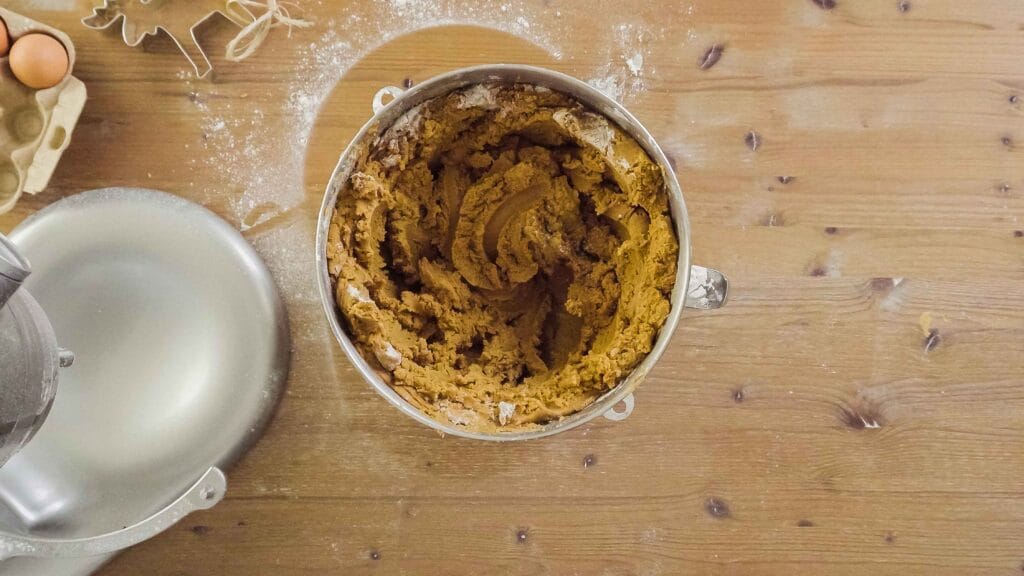
What happens if you don’t use brown sugar in cookies?
If you omit brown sugar from a cookie recipe and replace it entirely with white sugar, the cookies will lose some key qualities:
- Texture: Without the molasses from brown sugar, cookies will be less moist and chewy, resulting in a crisper texture overall.
- Flavor: The rich caramel and toffee-like notes provided by brown sugar will be absent, making the cookies taste flatter and less complex.
- Appearance: The cookies may appear lighter in color since white sugar does not contribute to the Maillard reaction as effectively as brown sugar.
To maintain the original texture and flavor, you can substitute brown sugar with a mix of white sugar and molasses (1 cup white sugar + 1 tablespoon molasses).
For a guide on how to bake delicious cookies without using brown sugar, check out this chocolate chip cookie recipe without brown sugar.
What does brown sugar do in cookies?
Brown sugar serves multiple purposes in cookie recipes:
- Moisture: Its molasses content retains moisture, keeping cookies soft and chewy.
- Flavor: Adds a rich, caramel-like sweetness that enhances the overall taste.
- Color: Contributes to a golden brown hue through the Maillard reaction.
- Structure: Helps control the spread of cookies, ensuring they remain thick and tender.
Brown sugar is indispensable for recipes that prioritize chewy textures and complex flavors.
What is better for cookies, light or dark brown sugar?
Both light and dark brown sugar can be used in cookies, but the choice depends on the desired outcome:
- Light Brown Sugar: Offers a milder flavor, perfect for classic chocolate chip cookies or recipes where subtlety is key.
- Dark Brown Sugar: Provides a bolder, more pronounced molasses taste, ideal for recipes like gingerbread or spiced cookies.
If substituting one for the other, note that dark brown sugar may result in slightly moister and richer cookies, while light brown sugar delivers a more neutral sweetness.
What makes cookies fluffy and not flat?
Several factors contribute to fluffy cookies instead of flat ones:
- Proper Creaming: Creaming brown sugar with butter introduces air into the dough, creating a light texture.
- Leavening Agents: Baking soda and baking powder help the cookies rise during baking.
- Chilled Dough: Chilling the dough before baking prevents excessive spreading, allowing the cookies to puff up.
- Brown Sugar’s Role: The moisture in brown sugar aids in creating a soft and fluffy structure by retaining water in the dough.
Ensuring accurate measurements and proper technique can make a significant difference in the final texture of your cookies.
To explore more tips on keeping cookies soft and fluffy, read this article on the secret ingredient to keep cookies soft.
Conclusion
Brown sugar is a powerhouse ingredient in cookie baking, contributing to the texture, flavor, and overall success of your favorite recipes. Its molasses content introduces moisture that keeps cookies soft and chewy, while its complex caramel-like flavor enhances the taste. Furthermore, brown sugar promotes an attractive golden color and helps control the spread and structure of cookies, ensuring they bake to perfection.
Whether you’re using light or dark brown sugar, understanding its properties allows you to fine-tune your recipes and achieve the desired results. By pairing it with other ingredients and mastering baking techniques, you can create cookies that are flavorful, tender, and visually appealing every time.
From its role in maintaining texture to its ability to elevate flavor, brown sugar remains a baking essential that guarantees satisfying, high-quality cookies. Experiment with it in your recipes, and experience the difference it makes in your baked goods.

